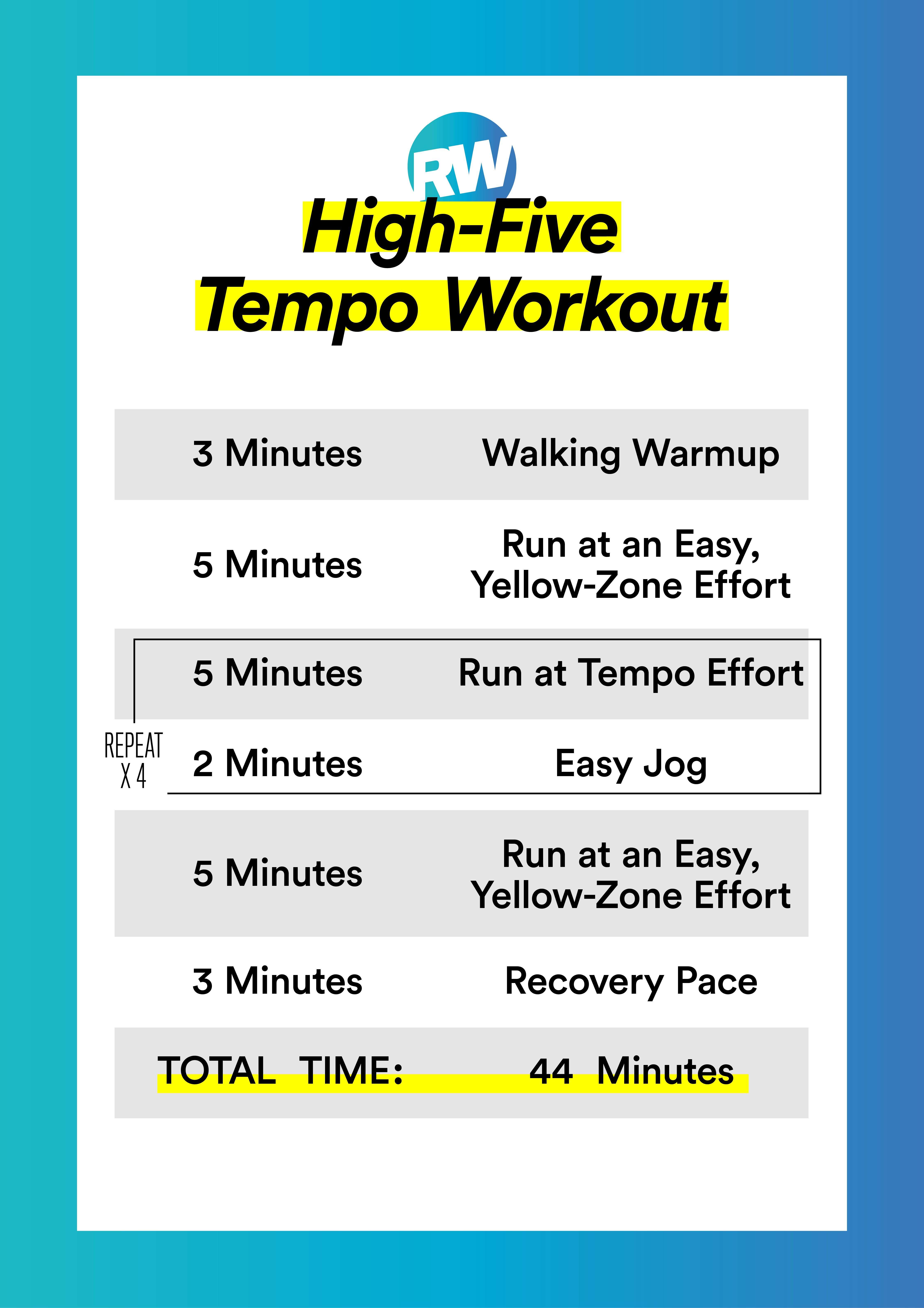Dominate Your Runs: Proven Strategies for Effective Running Workout
Dominate Your Runs: Proven Strategies for Effective Running Workout
Blog Article
The Ultimate Overview to Taking Care Of Discomfort When Running
Whether you are an experienced marathoner or simply starting your running trip, recognizing the numerous types of pain that can arise and the approaches to resolve them is vital. From pre-run warm-up routines to correct footwear selection, there are countless variables to take into consideration when it comes to dealing with pain while running.

Recognizing Different Types of Running Discomfort
When running, it is necessary to compare various sorts of pain to stop injuries and take full advantage of performance (Read More). One common kind of discomfort that runners may experience is muscle soreness, which commonly emerges from the stress and anxiety placed on muscles throughout workout. This kind of discomfort is commonly a normal component of the running procedure and can be taken care of with proper workout, cool-down, and extending routines
One more kind of pain to be knowledgeable about is joint discomfort. Joint pain can suggest concerns such as overuse, improper type, or underlying problems like arthritis. Disregarding joint discomfort can lead to much more serious injuries, so it is crucial to deal with any type of pain promptly and potentially look for professional guidance.
In addition, sharp or stabbing discomforts should not be neglected. These kinds of discomfort can signal severe injuries such as stress, strains, or stress fractures - running strategy. Proceeding to run with these types of discomfort can aggravate the injury and extend recuperation time

Pre-Run Warm-Up and Extending Regular
To prepare the body for a running session, applying an efficient pre-run warm-up and stretching routine is crucial. An appropriate workout assists boost blood flow to the muscle mass, enhances adaptability, and reduces the danger of injury throughout the run. Start with dynamic stretches like leg swings, arm circles, and high knees to slowly elevate your heart rate and loosen up the muscle mass. Dynamic extending aids simulate the motions you'll be doing while running, preparing your body for the activity ahead. Follow this with static stretches concentrating on significant muscular tissue teams such as the hamstrings, quadriceps, calf bones, and glutes. Hold each stretch for regarding 15-30 seconds without bouncing to advertise muscular tissue leisure and versatility. Keep in mind to listen to your body and adjust the strength of your warm-up based on your fitness level and any kind of pre-existing problems. By integrating a consistent pre-run workout and extending routine right into your running program, you can enhance performance and decrease the danger of discomfort or injury.
Appropriate Shoes Choice and Fit
Choosing proper footwear that fits well is crucial for joggers to avoid pain and reduce the threat of injuries. Ill-fitting footwear can lead to blisters, black toe nails, shin splints, and other painful conditions that can hinder performance and sideline training. When picking running footwear, it is necessary to take into consideration elements such as foot kind, running gait, arch support, padding, and footwear size. running workout. Seeing a specialty running shop for a stride evaluation and professional installation can assist guarantee that you pick the right footwear for your individual requirements. Running footwear need to offer appropriate assistance and security while official site also being comfortable and light-weight. In addition, it is recommended to replace your running shoes every 300-500 miles to preserve correct padding and support. Investing in premium shoes that is ideal for your running design and foot anatomy is a proactive step towards protecting against discomfort and injuries throughout your runs.
Nourishment and Hydration Tips for Pain Prevention

Hydration is just as essential for runners to stay clear of pains, dehydration, and other discomforts that can cause discomfort throughout running. It is recommended to consume an ample amount of water throughout the day and particularly in the past, during, and after running sessions. Electrolyte-rich beverages or sporting activities drinks can also be helpful for replenishing lost minerals and preserving correct fluid balance. running strategy (Read More). By focusing on nutrition and hydration, runners can boost their performance, lessen pain, and take pleasure in an extra comfortable running experience.
Post-Run Healing Techniques to Reduce Pain
Carrying out reliable recovery techniques is necessary for alleviating pain and advertising muscular tissue recuperation after running sessions. One key post-run healing method is extending. Including fixed stretches for major muscle groups can assist lower muscular tissue tension and soreness. Foam rolling is one more helpful technique to launch muscular tissue tightness and improve blood flow to the muscular tissues, assisting in quicker recovery. Additionally, icing aching locations for 15-20 mins can help in reducing inflammation and numb discomfort post-run.
Eating a well balanced snack or dish that consists of protein and carbs within 30 minutes of completing a run can help fix muscle tissue and restore energy shops. By incorporating these post-run healing strategies into your regimen, you can properly handle pain and optimize your running efficiency.
Verdict
To conclude, attending to various sorts of running pain through correct warm-up, extending, footwear option, nutrition, hydration, and post-run recovery methods is vital for pain avoidance and management. By recognizing the root causes of discomfort and executing these approaches, runners can decrease discomfort and prospective injuries. It is essential to focus on overall physical health and wellness and well-being to make sure an effective and satisfying running experience.
Report this page